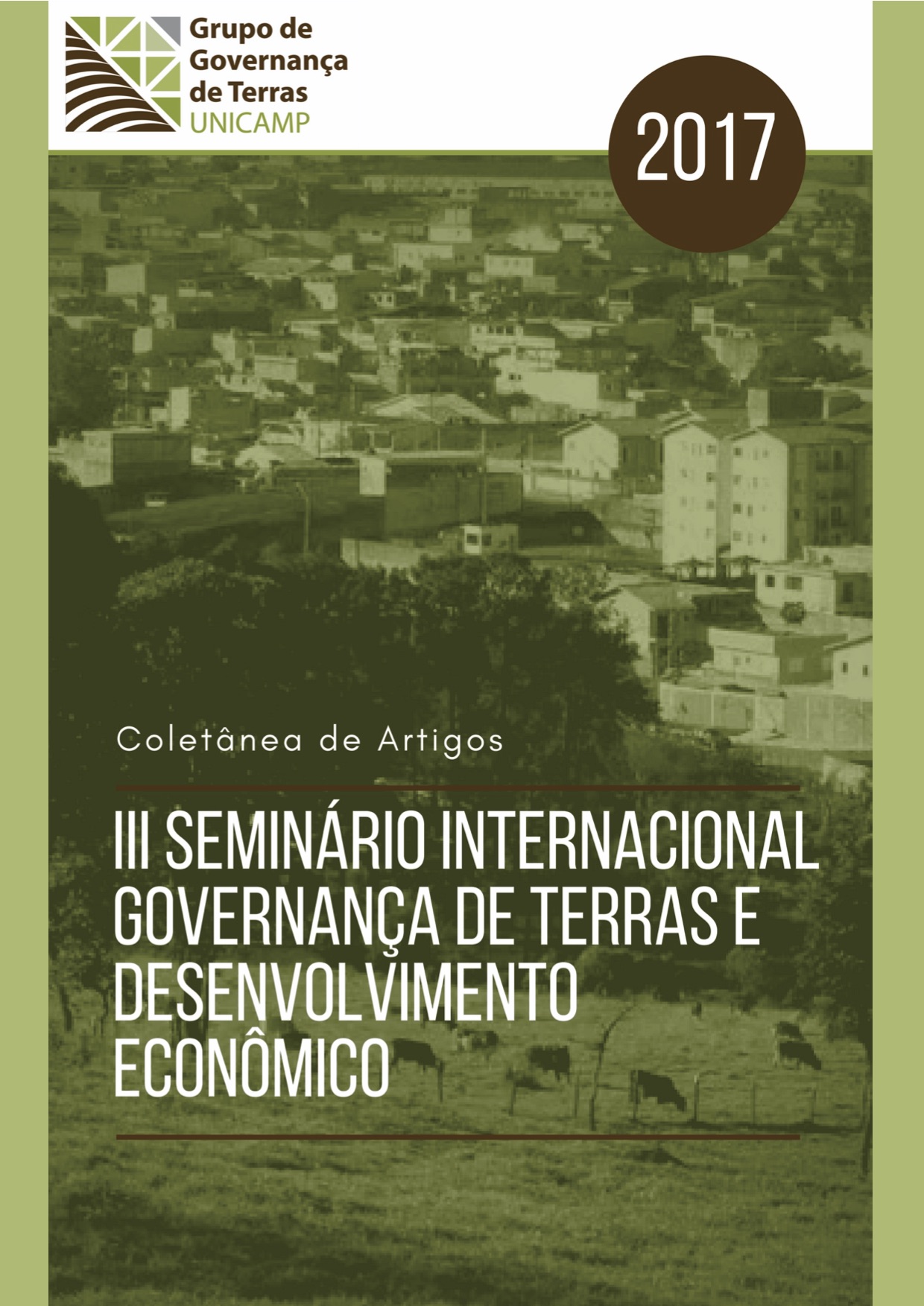Landscape Sourcing: Sustainable business using the landscape approach
The WWF’s Landscape Sourcing Report: Sustainable Business Using the Landscape Approach makes a case for the private sector to adopt landscape approaches to sustainably strengthen and increase cost effectiveness within their supply chains.
Collection of Submissions on Innovative Financial Mechanisms
In terms of innovative mechanisms, economic and financial mechanisms that rely on regulationand markets to provide incentives for environmental stewardship are also relevant. These mechanisms include different types of regulations and direct or indirect payments schemes, for example tradable development rights, trading of emission reduction and payment for environmental services.
Investment based mechanisms, like microfinance, are other types of mechanism that can provide financing for UNCCD and SLM practises.
Financing Strategies for Integrated Landscape Investment: Synthesis Report,” in Financing Strategies for Integrated Landscape Investment
Policymakers and land managers around the world are struggling to use our finite land and resource base to increase agricultural production, ensure resilient ecosystems and improve livelihoods. Many are turning to integrated landscape management (ILM) as a framework for inter-sectoral planning and investments to reduce potential trade-offs and realize inherent synergies.
Food Security Funds. Finance Info Kit.
In terms of innovative mechanisms, economic and financial mechanisms that rely on regulationand markets to provide incentives for environmental stewardship are also relevant. These mechanisms include different types of regulations and direct or indirect payments schemes, for example tradable development rights, trading of emission reduction and payment for environmental services.
Investment based mechanisms, like microfinance, are other types of mechanism that can provide financing for UNCCD and SLM practises.
Private-sector investor’s intention and motivation to invest in Land Degradation Neutrality
In this study, the authors aimed at explaining private-sector investors’ intention to invest in Land Degradation Neutrality (LDN) and analysing their motives for making investments that promote sustainable development. Regarding the actual intention to invest in LDN, the majority of investors showed rather weak intention to make investments that promote LDN in the near future.
Lots of Words, Little Action:Will the private sector tip the scales for community land rights?
Land rights are rapidly becoming the new political battleground, central to discussions on climate change, food security, poverty alleviation, corporate sustainability, gender equality, and even democracy itself. As the world attempts to recover financial stability, and as an increasing number of countries in Africa and elsewhere seek to emulate the economic success
Nature Risk Rising: Why the Crisis Engulfing Nature Matters for Business and the Economy
Nature loss is a planetary emergency. Humanity has already wiped out 83% of wild mammals and half of all plants and severely altered three-quarters of ice-free land and two-thirds of marine environments. One million species are at risk of extinction in the coming decades – a rate tens to hundreds of times higher than the average over the past 10 million years. The World Economic Forum’s 2020 Global Risks Report ranks biodiversity loss and ecosystem collapse as one of the top five threats humanity will face in the next ten years.
Emerging lessons for mainstreaming Ecosystem-based Adaptation: Strategic entry points and processes
A new report developed by GIZ highlights success factors and 7 practical entry points for mainstreaming Ecosystem-based Adaptation (EbA) into policies and planning, based on 16 case studies from Mexico, Peru, South Africa, Philippines and Viet Nam in the following contexts:
1. National climate change policies (NDC, NAP)
2. National public investment allocation and project screening
3. Sectoral adaptation plans (water resources, protected areas, disaster risk reduction)
4. Land-use planning (spatial planning & landscape management)
Land Degradation Neutrality in Small Island Developing States
Land degradation exacerbates the unique vulnerabilities of Small Island Developing States (SIDS) to environmental challenges, such as climate change, flash floods, soil erosion, lagoon siltation, coastal erosion and sea level rise, undermining their economic potential. Land Degradation Neutrality (LDN) contributes to achieving the Sustainable Development Goals (SDGs) in SIDS, preserving biodiversity and increasing resilience to climate change. Land degradation has a strong negative impact on climate-sensitive sectors like agriculture, water resources management and coastal zone management.


